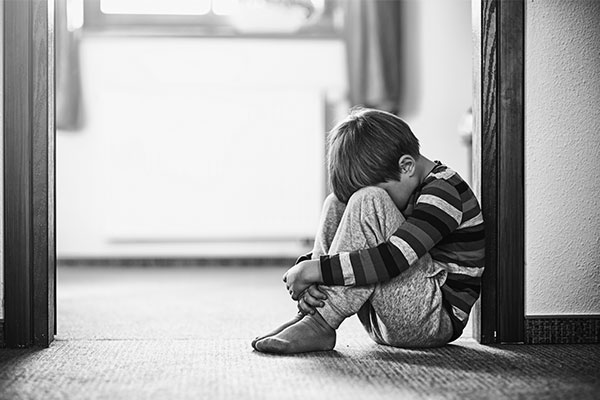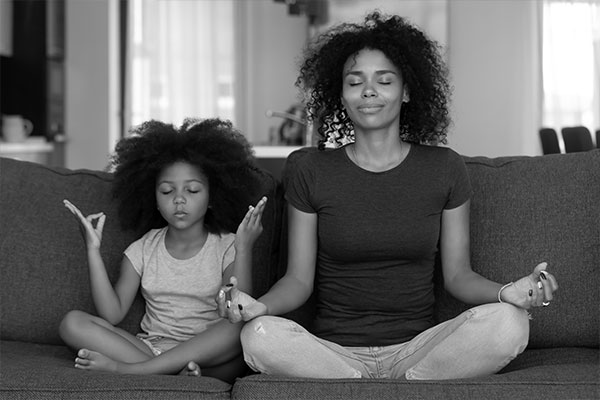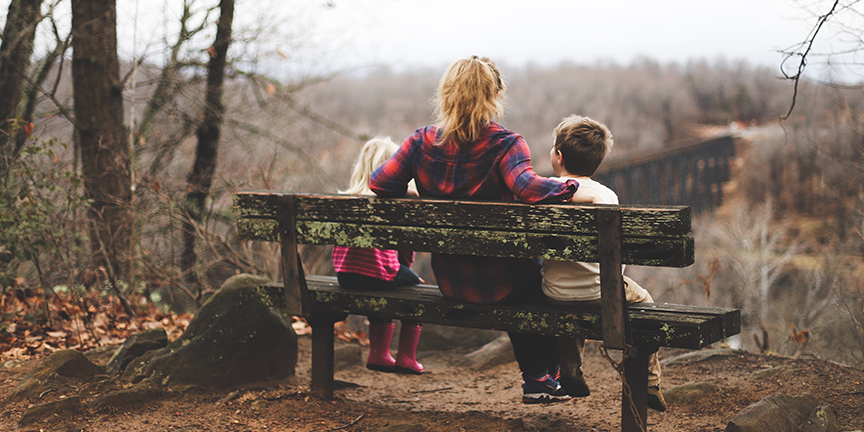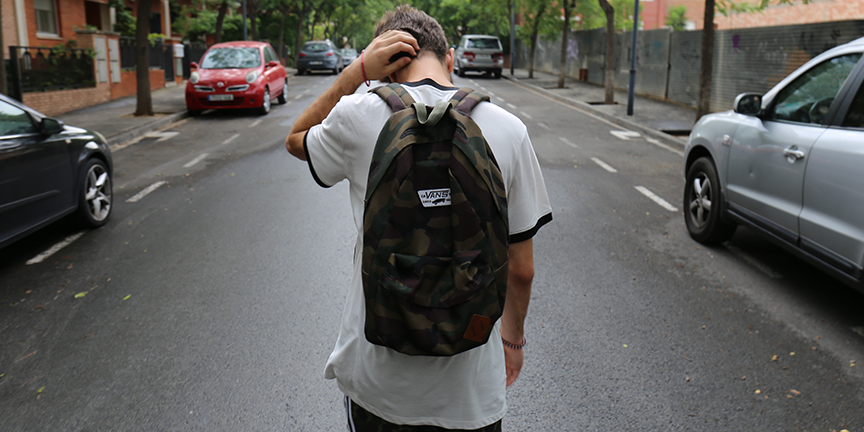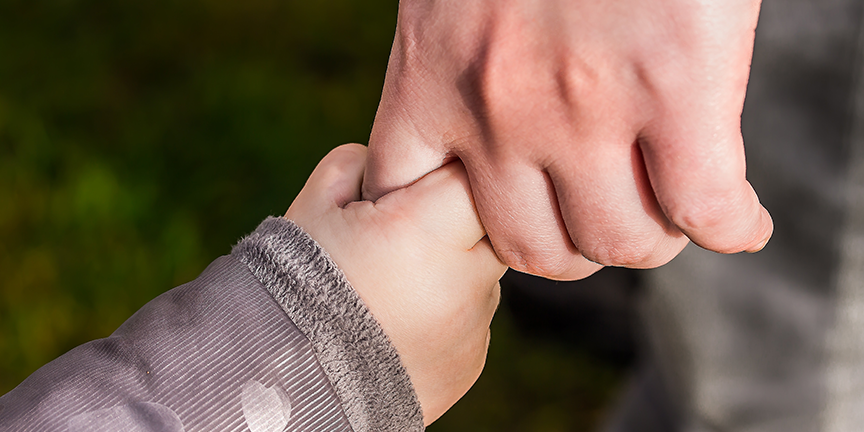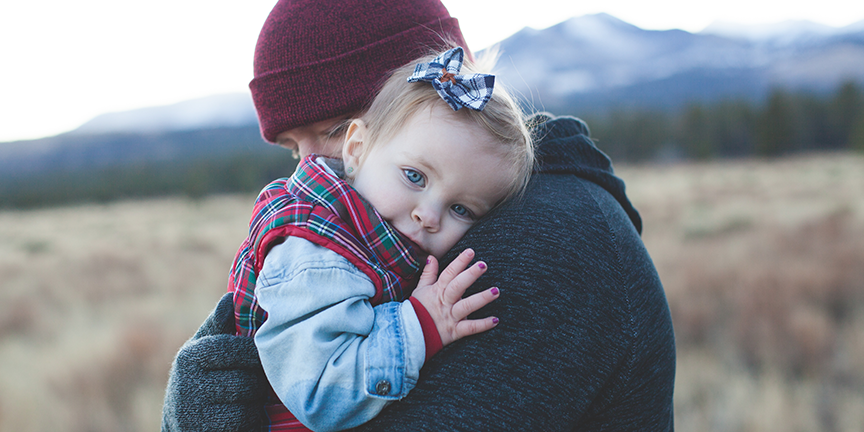Demographic - Children/Teens
Two years ago I wrote a children’s book devoted to these questions. It’s called, “What Does Depressed Mean? A Guidebook for Children with a Depressed Loved One.” Excerpted from the book, here are seven things that you can say to your child when you’re depressed. Written for a child …
All children experience some anxiety; this is normal and expected. For example, when left alone at preschool for the first time, many children will show distress; a young child with his or her own room may develop a fear of the dark. Such anxiety becomes a problem when it interrupts a child’s normal activities, like attending school and making friends or sleeping. Persistent and intense anxiety that disrupts daily routine is a mental health problem that requires help.
Many children, and especially adolescents, experience mood swings as a normal part of growing up, but when these feelings persist and interfere with a child’s ability to function in daily life, bipolar disorder could be the cause. Bipolar disorder, also known as manic-depression, is a mood disorder marked by extreme changes in mood, energy levels and behavior.
Young people sometimes turn to alcohol and drugs to cope with life’s frustrations, to feel more adult-like, to fit in, to rebel, or to satisfy their curiosity about drugs and drinking. Teens with depression or other mental health problems are particularly vulnerable to alcohol and drug use.
Conduct disorder is a repetitive and persistent pattern of behavior in children and adolescents in which the rights of others or basic social rules are violated. The child or adolescent usually exhibits these behavior patterns in a variety of settings—at home, at school, and in social situations—and they cause significant impairment in his or her social, academic, and family functioning.
According to the Cyberbullying Research Center, almost 1 in 4 teens in the U.S. is bullied or harassed online, and the rate continues to increase.
Depression is more than just “feeling blue” or having a bad day. And it’s different from feelings of grief or sorrow that follow a major loss, such as a death in the family. It’s not a personal weakness or a character flaw. Children and teens with clinical depression cannot simply “snap out of it.”
It’s not unusual for young people to experience "the blues" or feel "down in the dumps" occasionally. Adolescence is always an unsettling time, with the many physical, emotional, psychological and social changes that accompany this stage of life.
A significant portion of people will experience some form of a mental illness at one point in their lives. Of this larger number, a portion experiences chronic mental illness which means that the illness is ongoing.
According to the National Institute of Mental Health, half of all lifetime cases of mental illness begin by age 14. This means that a significant portion of those with some type of mental illness began to experience symptoms as a teenager.
The death of a loved one is always difficult. For children, the death of a loved one can affect their sense of security. Like adults, children express loss by grieving. Yet children may not demonstrate the grief in the same manner as adults.
While children and adolescents are more vulnerable to being traumatized than adults, with the right support and reassurance, they are also able to recover faster. Using these coping tips, you can help your child regain an emotional balance, restore their trust in the world, and move on from the trauma.
Reactive Attachment Disorder (RAD) is a complex psychiatric illness that can affect young children. It is characterized by serious problems in emotional attachments to others. RAD usually presents by age 5, but a parent, caregiver or physician may notice that a child has problems with emotional attachment by their first birthday.














